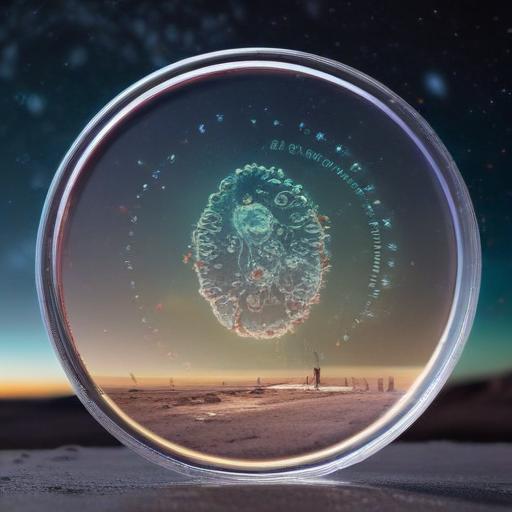Scientists in China made a fascinating find earlier this year while aboard the Tiangong space station: a strain of bacteria that appears to be a new variety not previously known on Earth. This discovery was made by the crew of the Shenzhou-15 mission, who conducted swab tests using sterilization wipes and later sent frozen samples back to Earth for further analysis.
Upon examination, researchers determined that the bacteria are closely related to Niallia circulans, a rod-shaped, spore-forming bacterium typically found in environments such as soil and sewage. Importantly, Niallia circulans is known to be potentially harmful, as it can cause sepsis in those with weakened immune systems. However, the newly discovered strain exhibits characteristics that suggest it has adapted to the unique conditions of space.
The Mayo Clinic describes sepsis as a severe medical condition resulting from the body’s extreme response to infection, leading to possible organ dysfunction and, in severe cases, death. Understanding these adaptations is crucial, as the research team emphasized that long-term space missions necessitate a detailed comprehension of microbial behavior to safeguard astronaut health and maintain spacecraft functionality.
The bacteria showed several adaptations to survive in the harsh space environment, including genes that assist in managing oxidative stress, repairing damage from radiation, and creating biofilms by utilizing gelatin to source carbon and nitrogen. These findings underline the need to explore how such microbes could influence both human health and the integrity of space missions.
In April, China’s advancements in space exploration continued with the launch of three astronauts, emphasizing the country’s growing capabilities in the field. The Tiangong space station, or “Heavenly Palace,” has positioned China as a significant player in global space endeavors, especially following the U.S. ruling that restricts NASA from collaborating with China on the International Space Station.
As researchers delve deeper into the nature of microorganisms in space, particularly resilient strains like Niallia tiangongensis, it becomes ever more critical to understand their interaction with the unique challenges of space. Ongoing studies will contribute significantly to enhancing astronaut safety and ensuring successful outcomes for future commercial space travel and exploration missions.
With continued research into microbial adaptation, the scientific community hopes to develop advanced strategies for monitoring and controlling microbial growth, thereby better protecting astronauts and enabling future deep-space expeditions. This effort not only enriches our knowledge of space biology but also prepares humanity for the next frontier in exploration.
These intriguing insights were recently published in the International Journal of Systematic and Evolutionary Microbiology.
